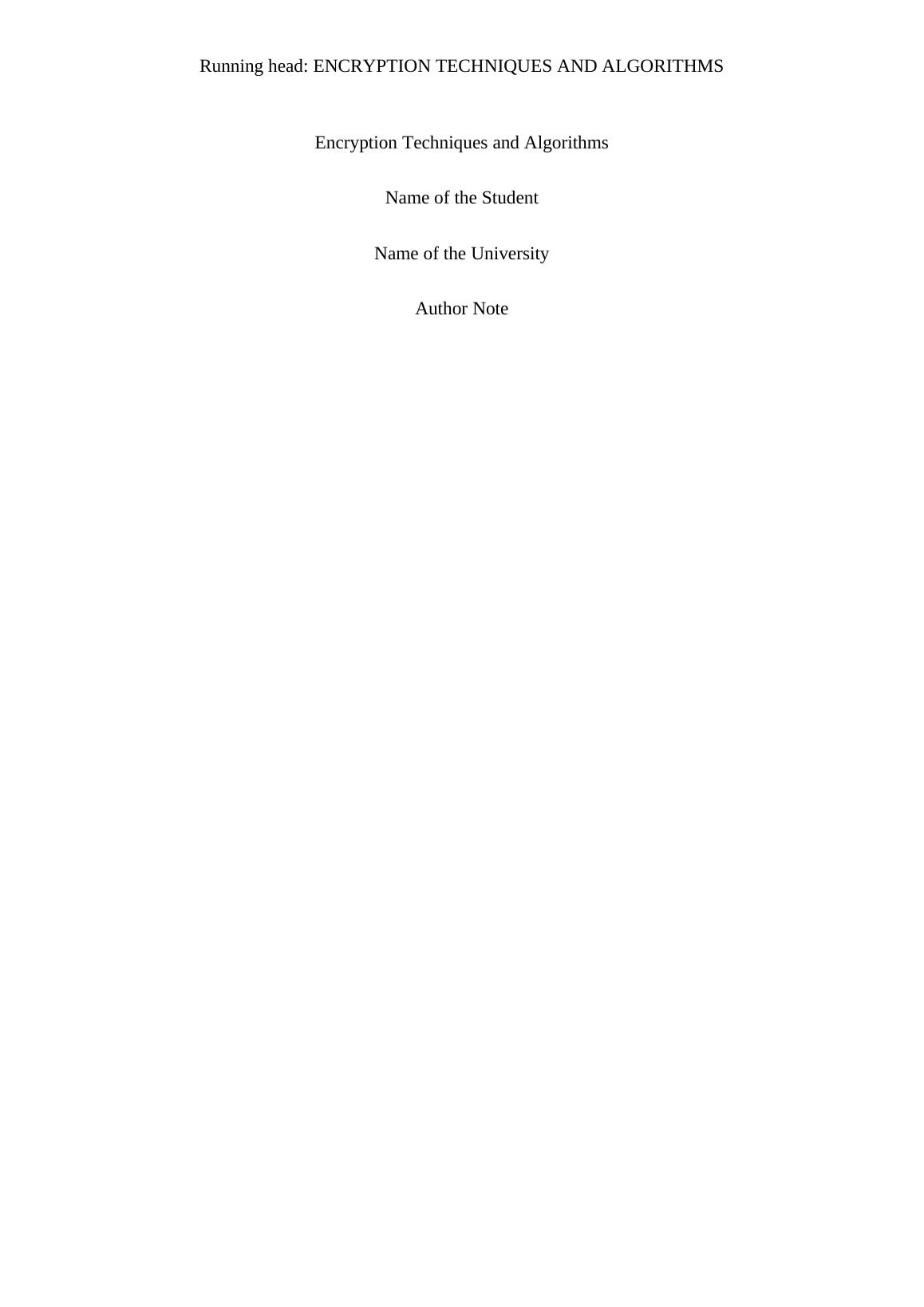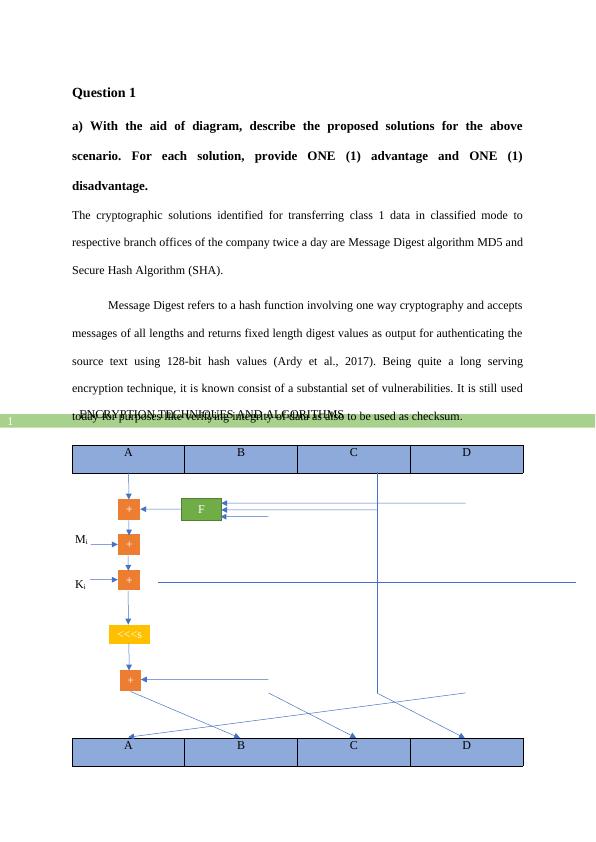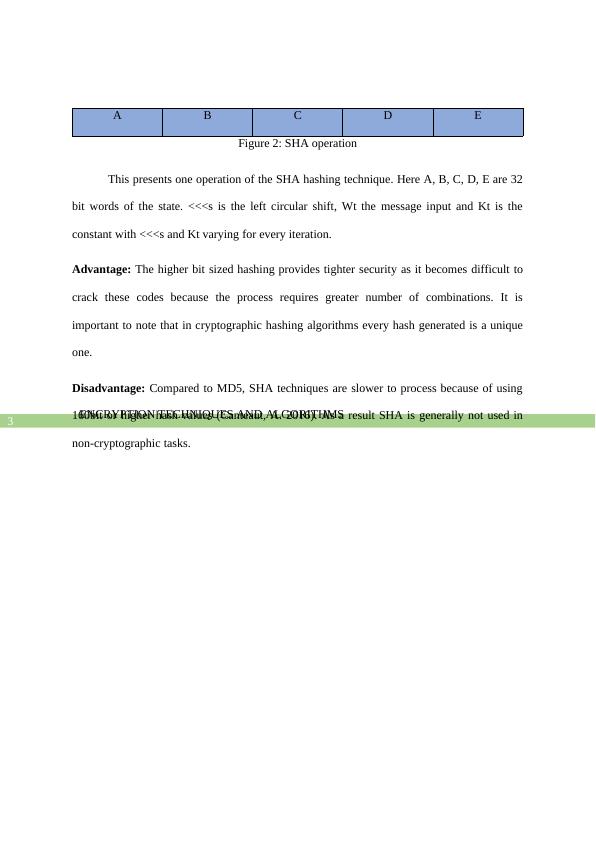Encryption Techniques and Algorithms
Propose two solutions for transferring classified data and describe their advantages and disadvantages.
13 Pages3022 Words459 Views
Added on 2022-12-05
About This Document
This document discusses encryption techniques and algorithms used in cybersecurity. It covers the advantages and disadvantages of MD5 and SHA, the role of arbiters in digital signatures, and the importance of message authentication. It also explains the transposition and substitution ciphers. Additionally, it compares MD5, SHA, and RSA in terms of key length, block size, and performance.
Encryption Techniques and Algorithms
Propose two solutions for transferring classified data and describe their advantages and disadvantages.
Added on 2022-12-05
ShareRelated Documents
End of preview
Want to access all the pages? Upload your documents or become a member.
Principles and Methods in Cryptographic System | Report
|6
|576
|14
Comparison of MD5 and SHA3 Hashing Techniques
|13
|3475
|89
Crypto Hashes and PKI Cryptography Assignment
|5
|1391
|186
COIT20262 - Advanced Network Security Assignment 1 Submission
|7
|1214
|147
Cryptography Assignment | Doc
|6
|741
|19




